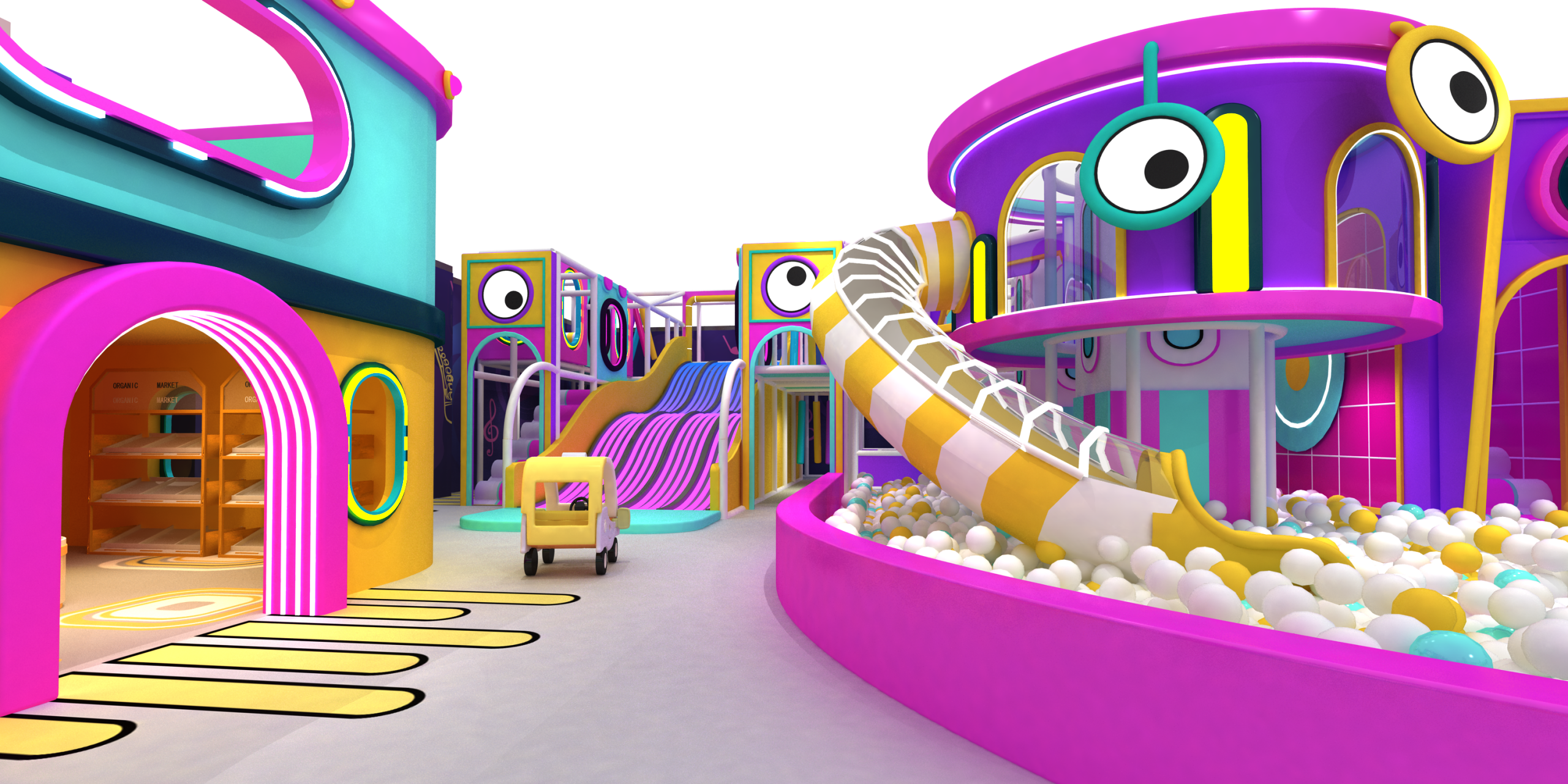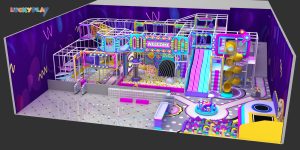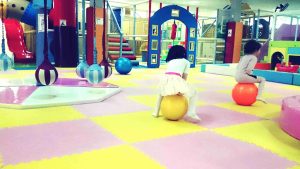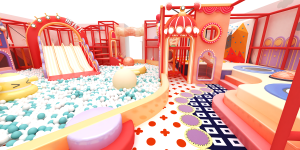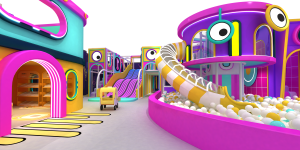The development of indoor playgrounds has become a significant trend in the entertainment and leisure industry, driven by the need for safe, engaging, and accessible play spaces for children. As urbanization increases and outdoor play areas become scarcer, indoor playgrounds have emerged as a vital alternative, offering a controlled environment that caters to the diverse needs of children and their families.
With advancements in technology and a deeper understanding of child development, indoor playgrounds have evolved to incorporate innovative designs, safety features, and educational elements. This article explores the evolution, key features, and benefits of indoor playgrounds, highlighting their importance in modern society.
Evolution of Indoor Playgrounds
Indoor playgrounds have undergone significant transformations over the years, adapting to changing societal needs and technological advancements.
Early Beginnings
- The concept of indoor playgrounds dates back to the late 20th century when the first indoor play centers were established, primarily as soft play areas for young children.
- These early playgrounds were simple, with basic equipment like soft blocks and climbing structures.
Modern Developments
- Today, indoor playgrounds are sophisticated, incorporating advanced technology and design principles to create immersive play experiences.

- The incorporation of colorful climbing structures and interactive elements has become a hallmark of modern indoor playgrounds, as seen in this image, providing children with a stimulating environment that encourages physical activity and creativity.
Future Trends
- The future of indoor playgrounds is likely to be shaped by technology, with the integration of virtual reality (VR) and augmented reality (AR) expected to become more prevalent.
- This futuristic indoor playground, equipped with neon lights and interactive games, exemplifies the potential for indoor play spaces to evolve into highly immersive and engaging environments.
Key Features of Modern Indoor Playgrounds
Modern indoor playgrounds are designed with a focus on safety, engagement, and educational value.
Safety Features
- Soft flooring and padded equipment are standard features, minimizing the risk of injury.
- Regular maintenance and hygiene protocols are also crucial, ensuring a clean and safe environment for children.
Engaging Elements
- Climbing structures, slides, and interactive games are designed to promote physical activity and cognitive development.
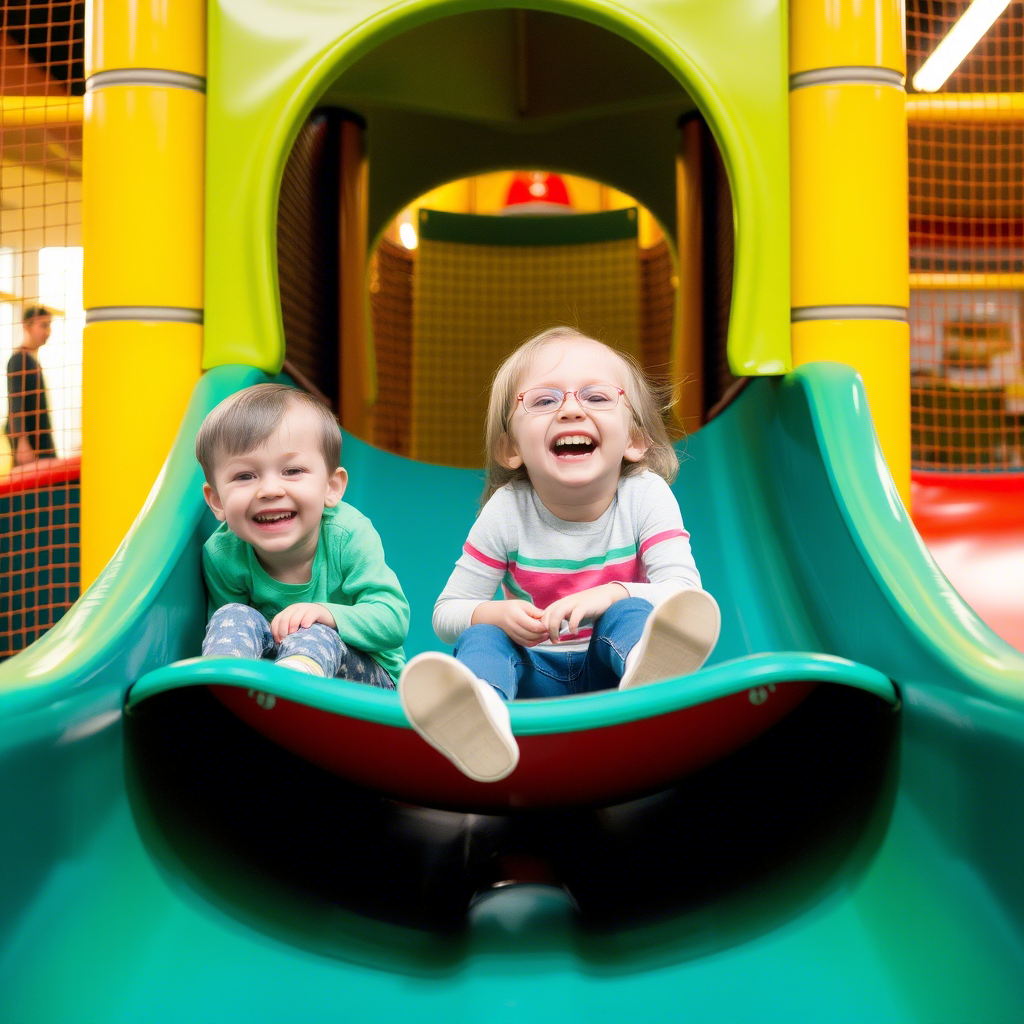
- The vibrant atmosphere of this indoor play center, complete with slides and interactive elements, illustrates the potential for indoor playgrounds to create joyful and engaging experiences for children.
Educational Aspects
- Many indoor playgrounds now incorporate educational elements, such as puzzle-solving games and interactive learning zones.
- These features help to foster cognitive development and problem-solving skills in children.
Benefits of Indoor Playgrounds
Indoor playgrounds offer a range of benefits for children, parents, and communities.
For Children
- They provide a safe and controlled environment for physical activity, essential for healthy development.
- Indoor playgrounds also offer opportunities for socialization, helping children to develop important social skills.
For Parents
- Indoor playgrounds offer a convenient and reliable option for childcare, allowing parents to shop, work, or relax while their children are engaged in safe and supervised play.
- Many indoor playgrounds also provide amenities for parents, such as cafes and seating areas, enhancing the overall experience.
For Communities
- Indoor playgrounds can serve as community hubs, hosting events and activities that bring families together.
- By providing accessible play spaces, indoor playgrounds can help to promote social cohesion and community engagement.
Designing and Operating Successful Indoor Playgrounds
The success of an indoor playground depends on careful planning and operation.
Design Considerations
- The design should cater to a range of ages and abilities, incorporating diverse play elements and safety features.
- For inspiration and guidance, operators can explore resources and equipment available from companies like eLuckyPlay, which specializes in indoor playground equipment.
Operational Strategies
- Effective management involves maintaining high standards of safety and hygiene, as well as providing excellent customer service.
- Indoor playgrounds can also benefit from hosting events and offering membership or loyalty programs, as seen in the variety of products and services offered by eLuckyPlay’s products.
The development of indoor playgrounds represents a significant advancement in the provision of safe, engaging, and accessible play spaces for children. By incorporating innovative designs, safety features, and educational elements, indoor playgrounds have evolved to meet the changing needs of families and communities. As the industry continues to grow and evolve, it is likely that indoor playgrounds will remain a vital part of modern entertainment and leisure, providing numerous benefits for children, parents, and society as a whole.

